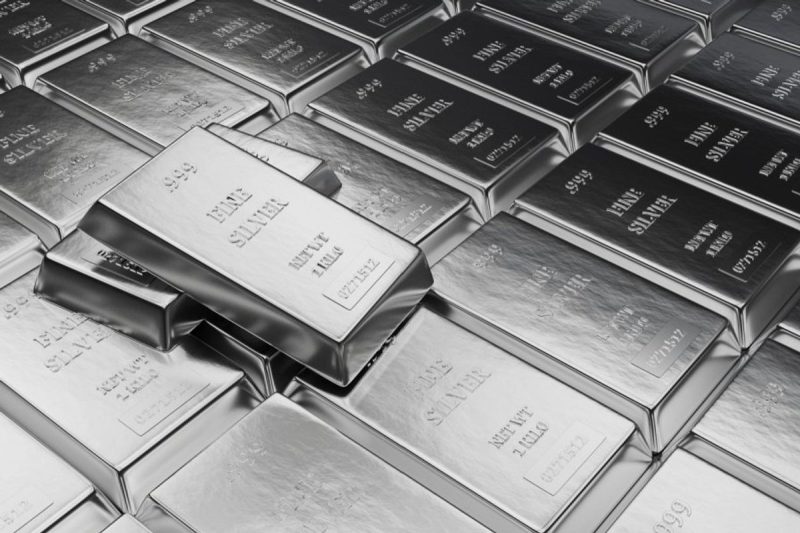Silver has a long history as a valuable metal, and miners have spent centuries hunting for world-class deposits.
The search for top-tier silver assets can be tough — silver-dominant mines are rare, and the metal is often produced as a by-product. Indeed, some of the world’s largest silver-producing mines are focused primarily on other metals.
Mexico, China and Peru are all home to prolific polymetallic deposits, and these operations have helped make them the world’s largest silver-producing countries. The Mexican state of Zacatecas hosts two of the world’s top silver-producing mines — Fresnillo’s (LSE:FRES,OTC Pink:FNLPF) namesake Fresnillo silver mine and Newmont’s (TSX:NGT,NYSE:NEM) Penasquito polymetallic mine — both of which are prime examples of world-class silver deposits. In 2022, the Fresnillo mine produced 13.34 million ounces of silver, while Penasquito produced 31.63 million ounces of the white metal.
Because world-class silver deposits are uncommon and potentially extremely profitable, discovering or acquiring these assets is highly desirable for many silver-focused companies. But aside from the ability to produce huge amounts of the precious metal, what makes a world-class silver deposit? Read on to learn what characterizes these operations.
What makes a world-class silver deposit?
The term ‘world class’ is used to describe entities of the highest caliber.
In the geological world, the ‘world class’ moniker is bestowed upon mineral deposits in the upper 10 percent of contained metal, according to the most commonly used definition, attributed to geologist Donald Singer. The vast majority of these giant deposits contain one or more of gold, silver, copper and zinc.
For example, the Fresnillo mine is one of the world’s oldest continuously operating mines. Work at the current site date back to 1954, but silver mining in the area goes all the way back to the 1550s. There’s no question that the property has provided a lucrative and long-term wealth-building opportunity for those involved.
How big are world-class silver deposits?
The scale at which a particular deposit becomes world class depends on the metal. For example, Singer describes a world-class gold deposit as containing at least 3.2 million ounces of the yellow metal. In contrast, he believe world-class copper deposits should host at least 2 million metric tons of the base metal.
What about world-class silver deposits? To deserve the title, the orebody must boast a minimum of 77 million ounces of silver. Discovering a world-class silver deposit can be a king-maker for a silver exploration company.
What makes for a world-class silver mine?
That said, it’s not all about size. Besides large tonnage, to be considered world class, a silver deposit’s bounty must be high grade as well as economically recoverable over a long lifespan.
For that reason, mineral economist Michael Doggett has argued that the term ‘world class’ should be reserved for mines and not ascribed to deposits. ”World-class should be more than just big geologically … there must be an economic consideration,” he said in 2004. “When economics are considered, there is no such thing as a world class mineral deposit. There are only big interesting mineral deposits or world class mines.”
For a silver-producing mine, that economic consideration is not confined to the white metal alone. That’s because, as mentioned, the precious metal is often produced as a co-product or a by-product in conjunction with other important metals. Falling demand and prices for these metals can make recovering silver no longer economically feasible.
What are examples of world-class silver deposits?
Securities Disclosure: I, Melissa Pistilli, hold no direct investment interest in any company mentioned in this article.

